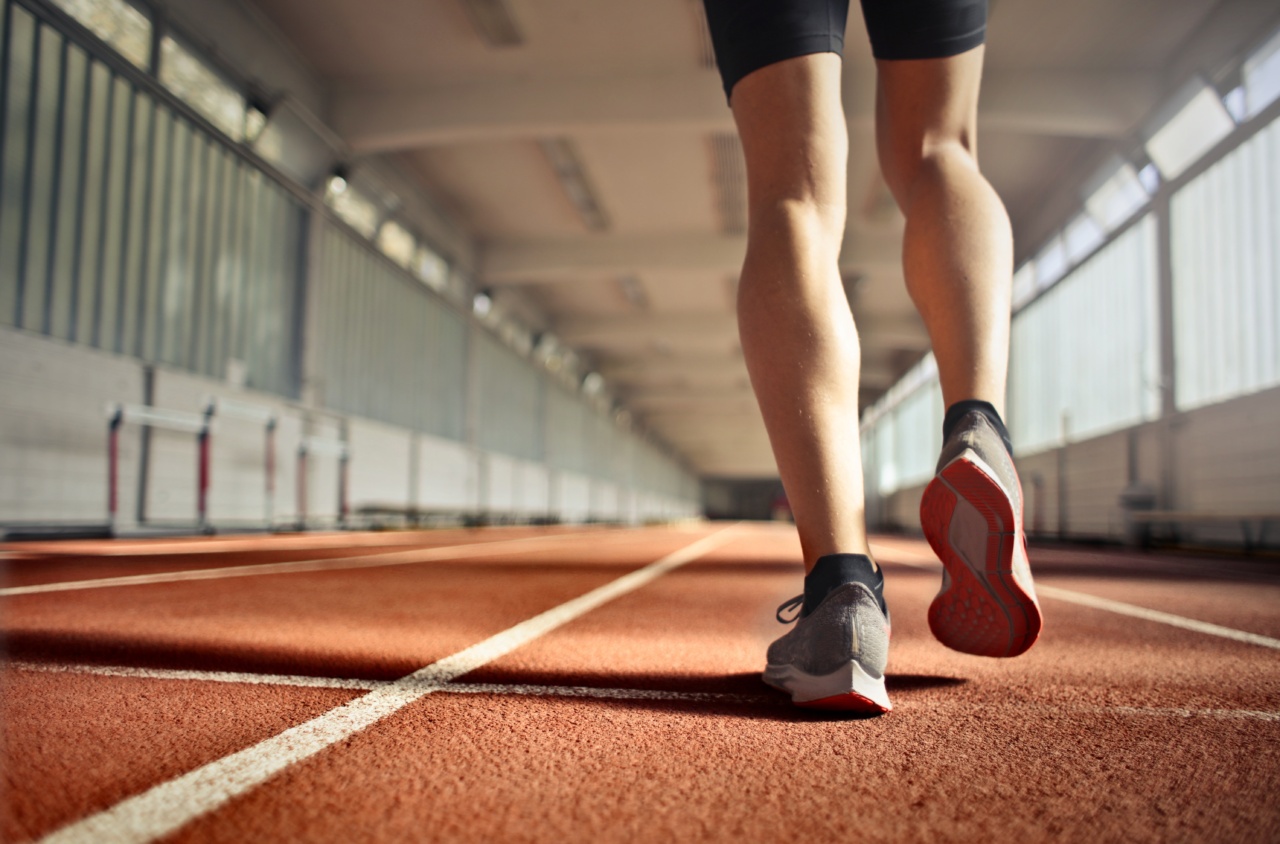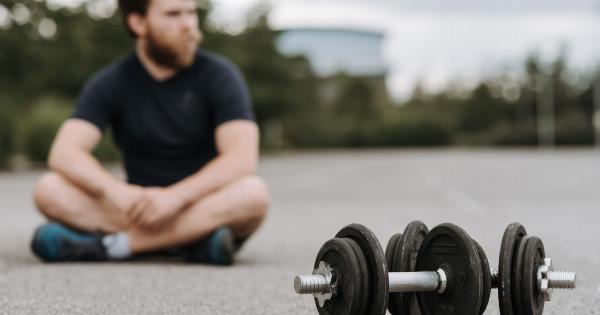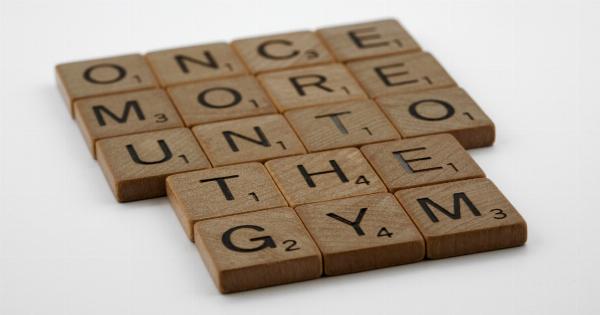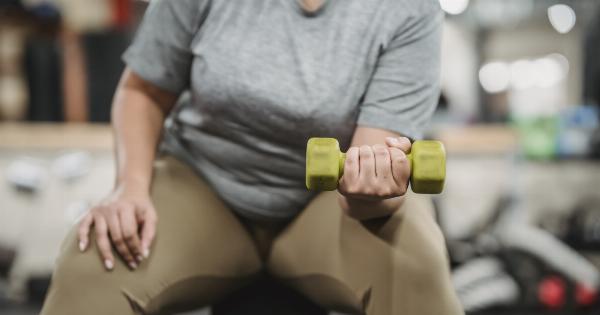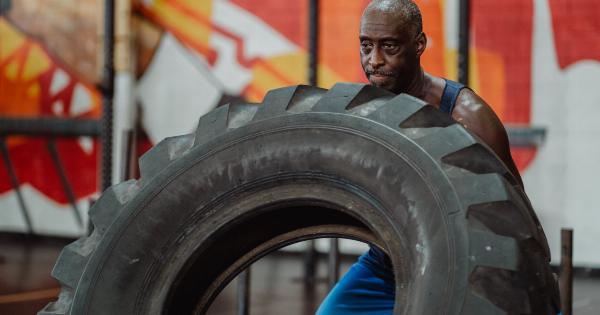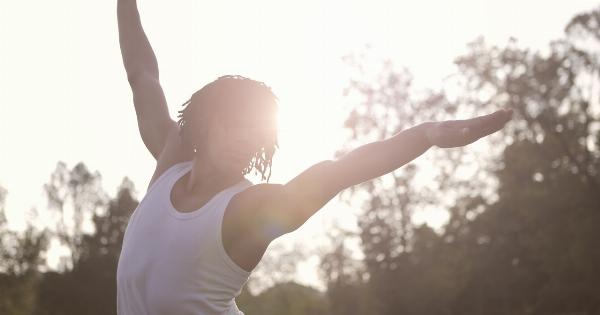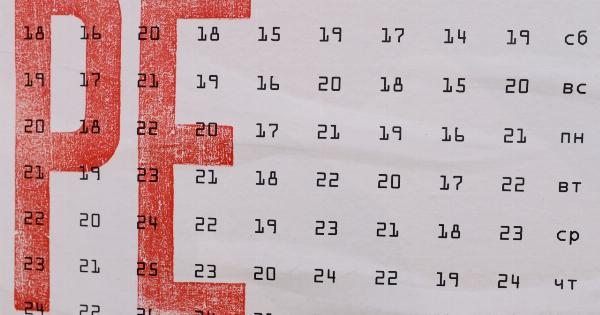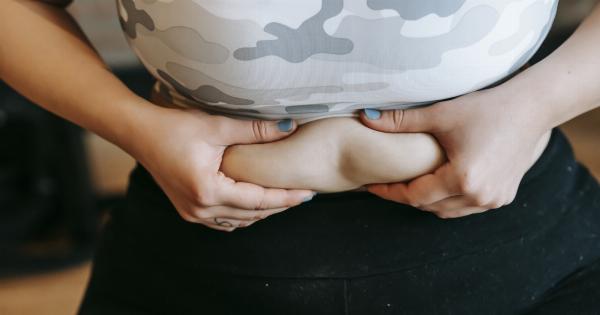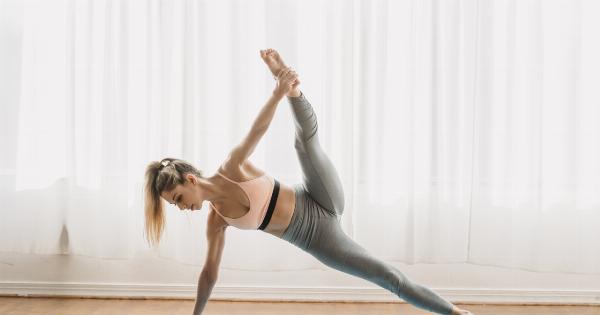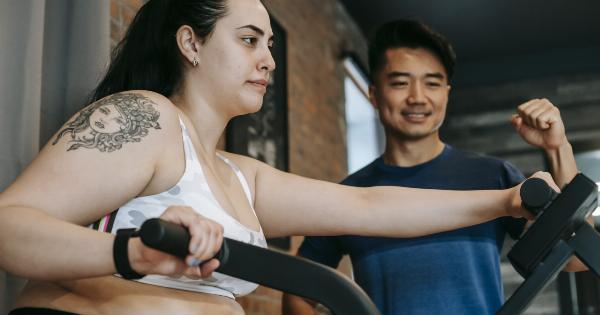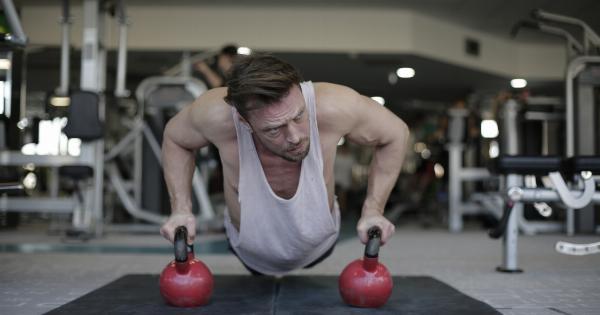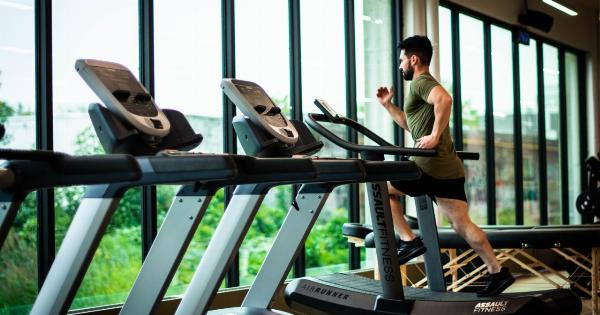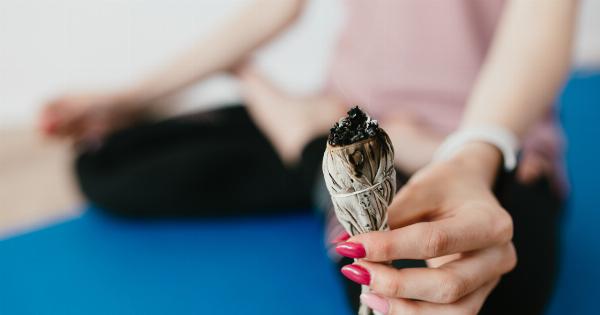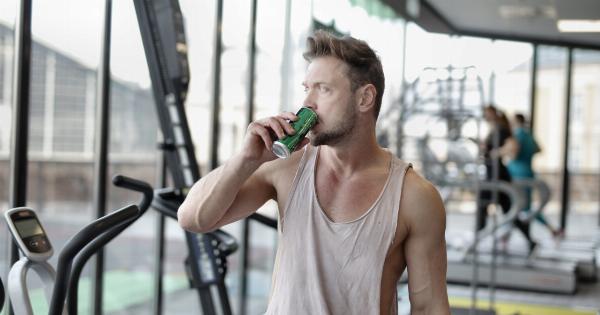Are you looking to maximize the results of your workouts? Planning your exercise routine based on your body’s readiness can make a significant difference in achieving your fitness goals.
But how can you know if today is the ideal workout day for you? This article will introduce a fast and effective test that can help you determine whether you should hit the gym or take a rest day. Say goodbye to guesswork and optimize your fitness routine with this simple test!.
The Importance of Listening to Your Body
Understanding your body’s signals and responding to them appropriately is crucial for maintaining your overall health and achieving desired fitness outcomes.
Pushing yourself when you’re not physically ready can lead to overtraining, injuries, and burnout. On the other hand, resting when your body is fully prepared for exercise may result in missed opportunities to make progress towards your goals.
By paying attention to how your body feels, you can make informed decisions about when to train and when to rest. However, sometimes it can be challenging to accurately assess your readiness based solely on subjective feelings.
This is where the fast test we’re about to share can be a game-changer.
The Finger Tap Test: A Quick Assessment
The finger tap test is a simple physical assessment that can help you determine if it’s an optimal day for a workout. Here’s how you can perform the test:.
Step 1: Sit in a Quiet and Comfortable Environment
Find a calm and peaceful place where you can sit comfortably. It’s important to minimize distractions during this test to get an accurate result. Sit up straight, relax your shoulders, and place both feet flat on the ground.
Step 2: Extend Your Arm and Place Your Palm Upwards
Extend your arm in front of you and turn your palm facing upwards. Keep your hand relaxed and fingers slightly bent.
Step 3: Begin Tapping Your Fingers as Fast as You Can
Using your other hand’s index and middle fingers, start tapping on the palm of your extended hand as quickly as possible. Maintain a steady rhythm throughout the test.
Step 4: Observe Your Tapping Speed
Pay attention to how easily and quickly you can tap your fingers. If you find it effortless to tap at a fast pace, it’s a positive indicator that your neuromuscular system is ready for a workout.
On the other hand, if you struggle to maintain a rapid tapping speed or experience fatigue in a relatively short time, it might be a sign that your body needs additional rest and recovery.
Interpreting the Results
The finger tap test serves as a quick barometer of your neuromuscular readiness. While it’s not a comprehensive measurement, it can provide valuable insights into whether your body is primed for exercise.
Here’s how you can interpret the results:.
Fast and Effortless Tapping: If you’re able to tap your fingers quickly and effortlessly for at least 10-20 seconds, this indicates a high neuromuscular readiness.
Your nervous system is likely primed, and you can proceed with your usual workout routine, pushing yourself to achieve your fitness goals.
Difficulty Maintaining Speed or Fatigue: If your tapping speed slows down noticeably or you experience muscle fatigue within 10 seconds, it suggests a relatively low neuromuscular readiness.
In such cases, it’s wise to consider taking a rest day or opting for a less intense form of exercise, such as gentle stretching or yoga. Giving your body the chance to recover prevents overuse injuries and allows for optimal performance during future workouts.
Factors Affecting Readiness
Several factors can influence your neuromuscular readiness, impacting the results of the finger tap test. Here are a few common factors to consider:.
Sleep Quality: Adequate and restful sleep contributes significantly to your readiness for exercise. If you’ve had a poor night’s sleep, your neuromuscular system may be compromised, affecting your tapping performance.
Stress and Fatigue: High levels of stress, both physical and mental, can negatively affect your body’s readiness for exercise. If you’re feeling exhausted or overwhelmed, it might be best to prioritize rest and recovery.
Recovery from Previous Workouts: Intense workout sessions require ample recovery time.
If you’ve recently engaged in strenuous physical activity, your neuromuscular readiness may be lower, indicating the need for a rest day or a less demanding workout.
Listen to Your Body
While the finger tap test provides a valuable gauge for your body’s readiness for exercise, it’s essential to remember that everyone is unique.
Paying attention to other cues from your body, such as energy levels, muscle soreness, and joint stiffness, can help you make more informed decisions about your workout schedule.
Remember that rest and recovery are integral components of any successful fitness regimen. Pushing through fatigue and ignoring signs of overtraining can result in stagnation, injury, or even regression in your progress.
On the contrary, allowing yourself enough time to recover and respecting your body’s signals will help you maintain the consistency needed for long-term success.
Make the Most of Your Workouts
By using the finger tap test as a tool to determine your neuromuscular readiness, you can optimize your workout routine.
Knowing when your body is fully prepared for exercise and when it needs rest allows you to push your limits safely, avoid injuries, and make the most of your workouts.
Remember, consistency and balance are key. Periods of intense training should be balanced with periods of rest and recovery to achieve optimal results.
As you continue on your fitness journey, make the finger tap test a regular part of your routine to maintain a healthy and sustainable approach to exercise.
